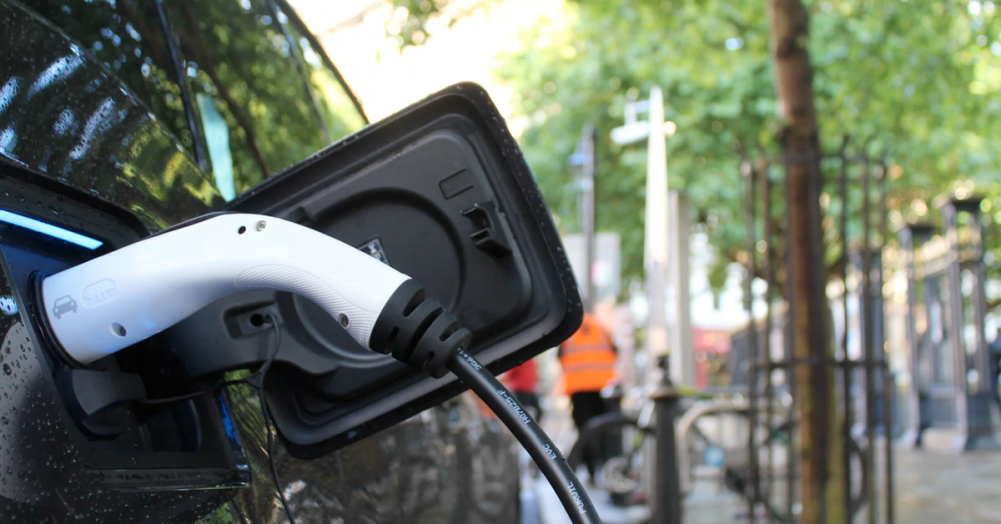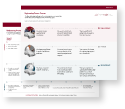New reports show that the electric vehicle sector is expected to grow by roughly 1400% in the next decade.
The White House recently announced plans to make the entire federal fleet of roughly 645,000 vehicles electric. General Motors just made public their intent to phase out combustion engines by 2035. The economic and environmental benefits of vehicle electrification are impacting automotive trends in a major way.
Automotive design and engineering are shifting quickly with electrification. Balancing performance, cost, and features is challenging while the technical landscape shifts.
Here are three trends of the industry that will be driving innovation of electric vehicles in 2021, and how we at New Eagle can help you capitalize on them.
1. Battery Innovation
It’s essential to have a battery that supports all of a vehicle’s primary functions and gives drivers longer drive times. Continued improvements open the door to potential buyers in areas where the density of charging stations remains lackluster.
Most manufacturers are optimizing vehicle stamina by using improved lithium-ion models, which have good energy density and long life cycles. In the past, these have been prohibitively expensive, but continued industry innovations and mass production are changing that.
Battery suppliers are also focused on decreasing the charge time. By experimenting with electrode composition, some models may be able to reach capacity in a matter of minutes, even with the inefficient charging infrastructure currently in place.
New Eagle offers battery management systems compatible with most lithium-ion batteries, and with interfaces perfect for any quick charge solution.
2. Charging Station Expansion and Improvements
The US federal government is looking to accelerate the adoption of electric vehicles by deploying 500,000 new public charging stations by the year 2030, which is welcome news for consumers who have concerns about vehicle range.
Infrastructure professionals continue to analyze new ways that improve power and decrease charge time at stations.
For the time being, drivers can often expect to spend at least a few hours at a station, but “supercharging” stations are being added in key areas.
In addition, malls are starting to offer free charging stations to attract customers who would otherwise be idle while refueling. And some companies are looking to create purpose-built locations that include space for shopping and recreation.
To keep up with the evolving infrastructure, New Eagle offers world-class OEM EV-HEV components that work efficiently with all models, to ensure drivers can put their vehicle range anxiety to rest.
3. Electrification of Commercial Vehicles
Due to increasingly strict emission regulations, many public and private organizations are making the move to electric vehicle fleets.
Consider that Amazon recently purchased 100,000 electric vans as part of its pledge to go carbon neutral in the next two decades. Experts anticipate that sales for these types of vans will rise 31% during that time frame. In the municipal sector, electric buses for public and school transit are expected to make up roughly 70% of the global fleet by 2040.
Our engineers at New Eagle have the electrification expertise to help bring new vehicles to market – with universal hardware at the ready, and the Raptor software platform that can be adapted to a wide range of applications.
Get Help From New Eagle Electrification Engineers
Learn more about how New Eagle’s engineers are driving EV/HEV innovation on our Electrification page.



